
The Exciting Bikes And Scooters Launched In November 2021
- Nov 30, 2021
- Views : 10989

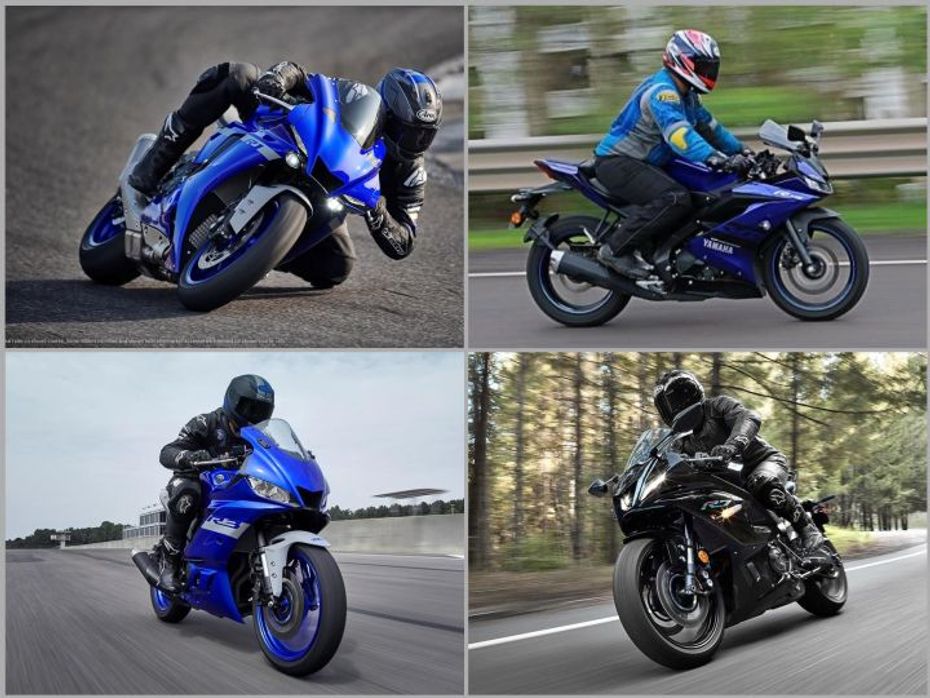
Most of Yamaha’s two-wheeled offerings have been associated with performance more than anything else. After all, the Japanese brand started collecting racing accolades right from 1957, just two years after the Yamaha Corporation conglomerate founded its motorcycle division. The Yamaha YZF-R product series is the amalgamation of this very essence of racing -- refined, tempered and shaped into a range of magnificent two-wheelers for both the road and the race track. Here’s what its current lineup is all about:
Yamaha YZF-R1
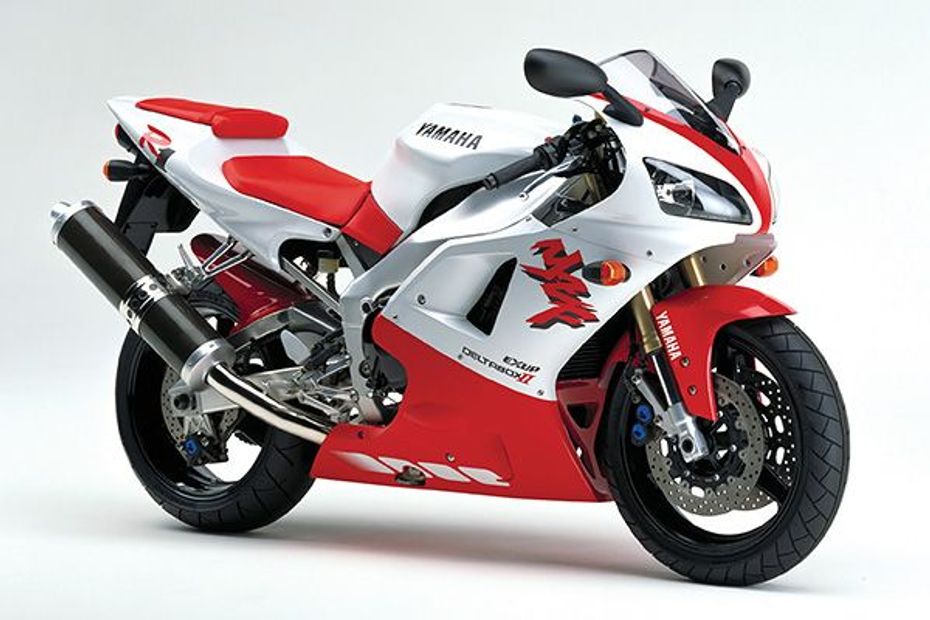
It all started with the legendary Yamaha YZF-R1, launched back in 1998. Yamaha had figured out a way to make the Genesis engine (Yamaha’s high-performance multi-valve motorcycle engines) in the R1 much more compact. This allowed the brand to make a motorcycle with a shorter wheelbase than its rivals, thus ensuring superb handling. It also had the best power-to-weight ratio at the time, with an impressive 150PS on tap, and 177kg dry.
Its subsequent iterations witnessed several upgrades over the years in the engine, chassis and even the design department, making it fiercer both on the track and on the hill-side twisties. In the cold winters of December 2007, Yamaha set the hearts of Indian motorcycle enthusiasts afire by launching the R1 in India for Rs 10.50 lakh, making it the first litre-class superbike to be officially sold in India. It heralded a new age of premium biking in the country.
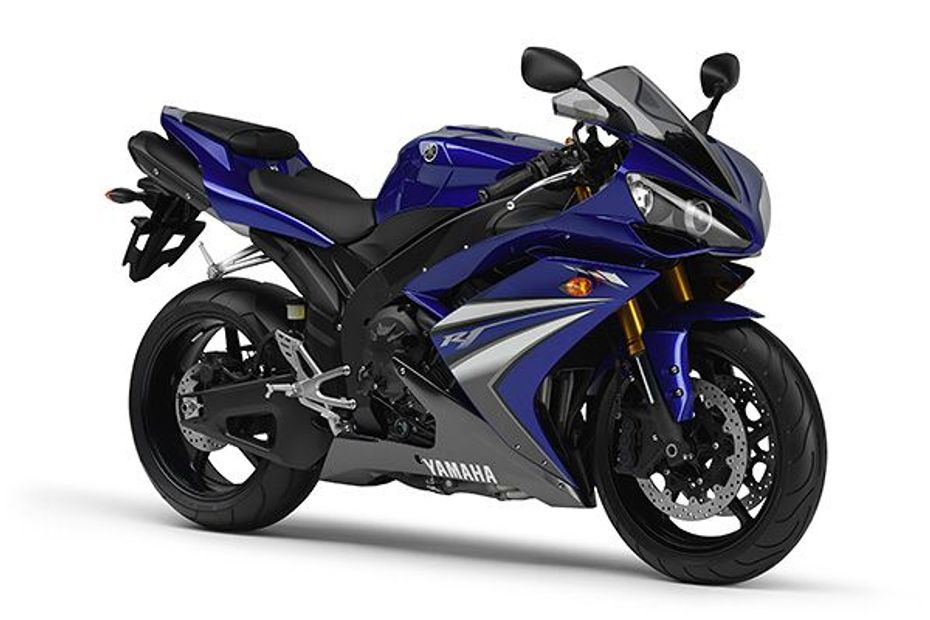
One of the most memorable R1s was the 2009 model, which was equipped with a crossplane crankshaft, a technology that trickled down from the Yamaha YZR-M1 MotoGP bike. This ensured the power delivery was a whole lot more linear. Then in 2015, Yamaha unveiled the new generation R1 featuring the polarising all-new design language. Its standout design element was the gaping air intake up front, flanked by small LED headlights. It boasted a sub-200kg kerb weight and a sophisticated electronics package, including the first-in-segment Slide Control System.
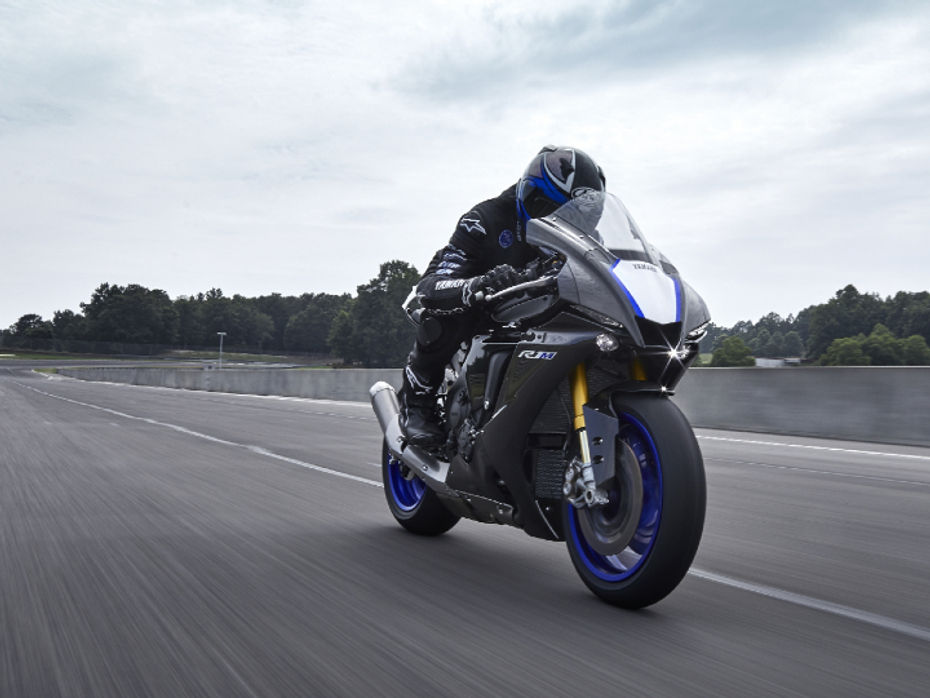
the automobile community
And now, while the 200PS, Euro 5-compliant 2021 iteration is still decent enough for a litre-class superbike, it’s high time Yamaha brings out a more powerful, winglet-equipped version. This should help put up a solid fight against the more powerful Kawasaki ZX-10R, BMW S 1000 RR, Ducati Panigale V4 and the Honda CBR1000RR-R Fireblade. The new-gen R1’s looks filtered down to its smaller-engined derivations right down to the Yamaha YZF-R125 and the Yamaha R15 V3.0. More on that in the next paragraphs.
Yamaha YZF-R7
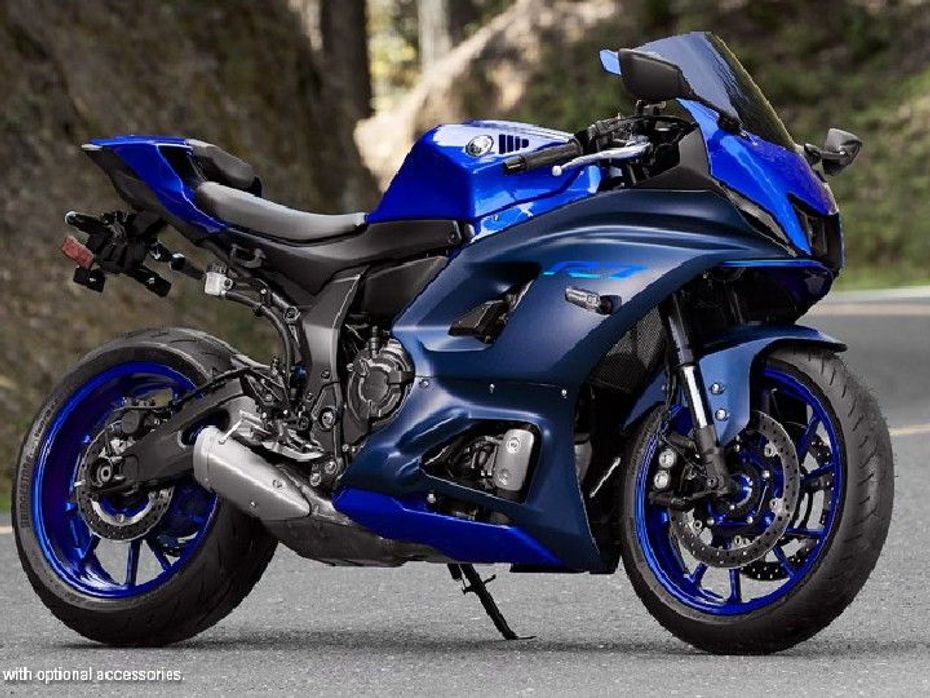
The Yamaha YZF-R7 is the latest faired supersport from the Japanese brand, unveiled just last week. It is the replacement to the ageing Yamaha YZF-R6. Having said that, this motorcycle is more mellow than the 599cc inline screamer that the R6 is.
The Yamaha R7 borrows the parallel twin engine from the street-friendly Yamaha MT-07, so consequently, it isn’t exactly a hardcore track tamer like its predecessor. But it can still give you the giggles at the race track thanks to its sophisticated underpinnings. Meant to take on the likes of the Aprilia RS 660 and the Honda CBR650R, you can read all about the R7 here. And if you’re wondering how the R7 fares against its rivals in its segment, specification-wise, check this out.
Yamaha YZF-R6
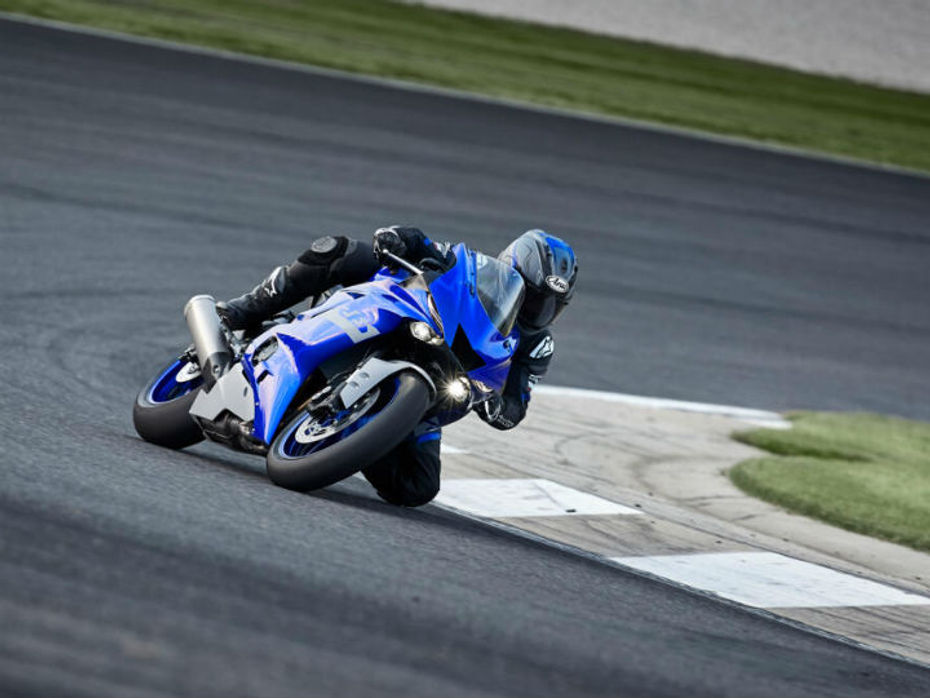
Even though the litre-class segment was booming back in the late ‘90s, the middleweight supersport segment wasn’t too far behind. Afterall, it catered to performance enthusiasts who were either looking for something more manageable, or less expensive, or both. So, the legendary Yamaha R1 spawned a smaller-engined Yamaha YZF-R6 in 1999, just a year after the litre-class bike hit the roads.
Even though it had a smaller displacement, it was by no means an easy-going bike. Packing over 100PS of power, the R6 was the world’s first motorcycle in its segment to have a triple-digit power figure. After several upgrades in its subsequent iterations, the 2020 Yamaha YZF-R6 makes a massive 118PS and 61.7Nm. Sadly, Yamaha couldn’t make this gem of an engine comply with the stringent Euro 5 emission norms, so it is currently available on sale only in select countries, and as a track-only offering in other markets. If you’re keen to know the detailed differences between the R6 and the now-unveiled R7, head here.
Yamaha YZF-R3 and R25

The 300+cc segment started witnessing growth globally in the turn of the first decade of the 21st century. Buyers wanted bikes that were inexpensive to buy and run, and were capable of triple-digit speeds when needed. Certain South East asian markets like Indonesia in particular had regulations that incentivised manufacturers producing smaller capacity bikes. Consequently, the 250-300cc segment was hugely popular in such markets.
Kawasaki launched the famed Ninja 300 in 2012. This was soon followed by the Honda CBR300R in 2015, and in the same year, Yamaha responded with the launch of Yamaha YZF-R3. The motorcycle was unveiled at the 2014 EICMA show in Milan, Italy, and was then launched in India in 2016. Even though it was assembled in India with kits coming in from Indonesia, the bike commanded a premium price tag of Rs 3.25 lakh (ex-showroom Delhi).
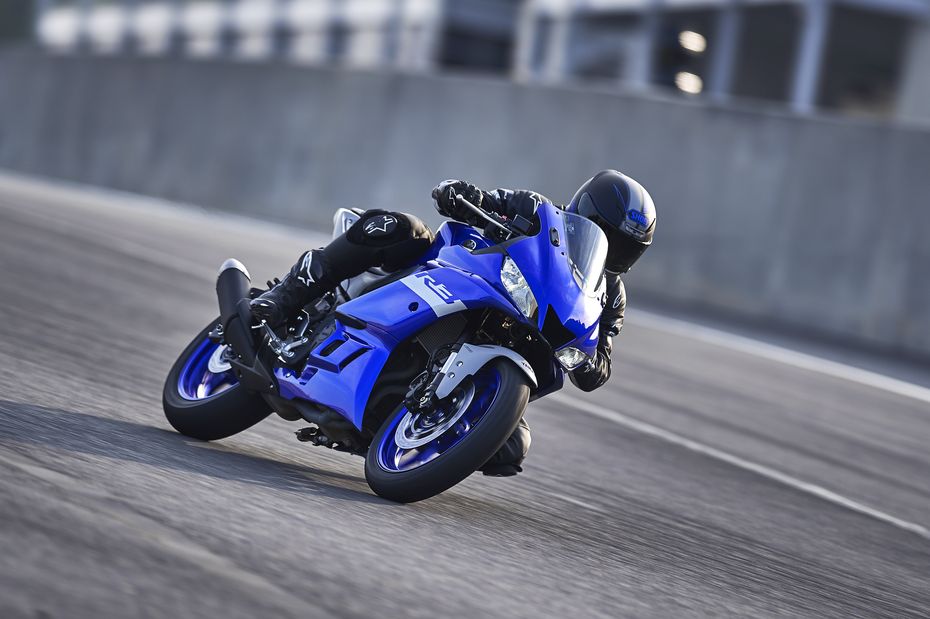
Despite packing one of the creamiest 42PS, 321cc parallel-twin motors the Yamaha R3 didn’t exactly set the sales chart on fire owing to its price, and the basic, not-so-grippy MRF tyres. It was then updated and launched at the 2018 Auto Expo with a BS6-compliant engine, stickier Metzeler Sportec M5 rubber, and dual-channel ABS as standard. However, this also pushed the price further north, to Rs 3.48 lakh (ex-showroom). The bike disappeared into oblivion last year as it failed to meet the BS6 norms.
In the global space, the Yamaha R3 received a bunch of updates, and more importantly, a new design language, and was unveiled at the 2018 EICMA. As for the Yamaha YZF-R25, it is essentially the same as the R3 with a downsized quarter-litre engine, making 36PS and 23.6Nm.
Yamaha YZF-R15
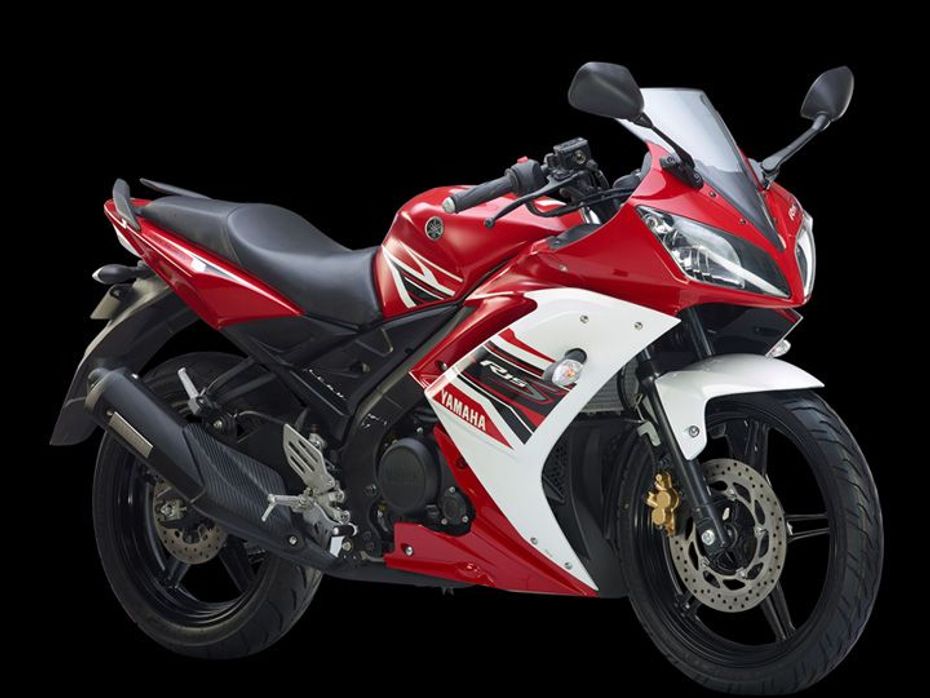
The YZF-R15 changed Yamaha’s fortunes in India. Before the R15, the company was dying, thanks to its weak portfolio consisting primarily of commuters. After the legendary Yamaha RX100, it was the R15 that gave Yamaha back its reputation of making performance-oriented machines. Launched in 2008, the YZF-R15 quickly went on to become one of the best-selling motorcycles in its segment. Even Honda tried to compete with the introduction of the CBR150R but its popularity was nowhere as widespread as the R15’s.
The motorcycle witnessed a major facelift in 2011, and got the new name YZF-R15 V2.0. It featured a much sportier split seat setup with a notoriously tall pillion seat. Nevertheless, the motorcycle was achingly gorgeous to look at, and had the grunt to go with the looks as well. Yamaha also introduced a comfier R15S with a single-piece seat in 2015.
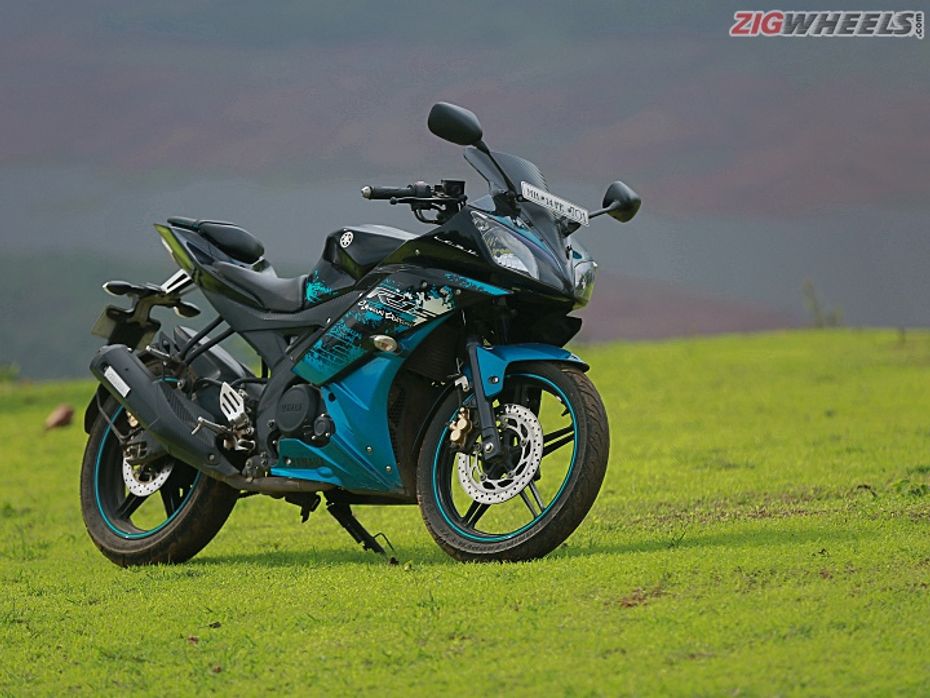
Years later, the R15 V2.0’s design and powertrain began to show their age. Yamaha went back to the drawing board and came up with the all-new Yamaha YZF-R15 V3.0 featuring a completely new, bigger, more advanced 155cc powertrain with segment-first Variable Valve Actuation (VVA) system, ensuring a good balance of low-end grunt and top-end drive. The model sold in our market features a conventional telescopic fork to keep costs low whereas the one sold abroad gets an inverted fork.
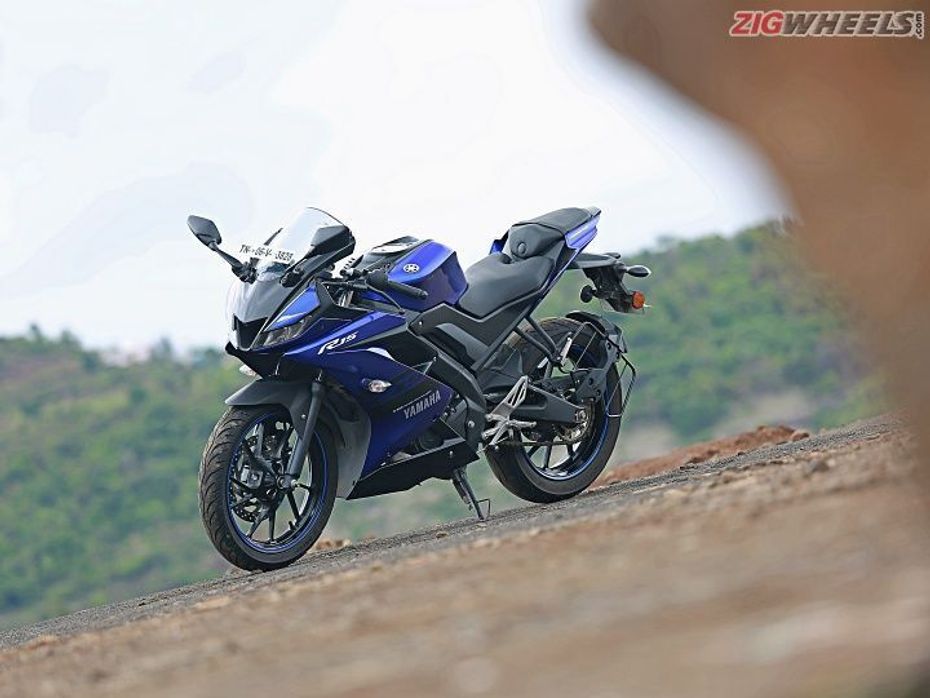
In December 2019, the motorcycle was upgraded to comply with BS6 emission norms. However, the engine output figures dropped in favour of cleaner emissions. The motorcycle makes 18.6PS and 14.1Nm as opposed to 19.3PS and 14.7Nm in the BS4 version. Having said that, the R15 still racks up consistent sales numbers as it enjoys the uniqueness of being the only 150+cc single-cylinder liquid-cooled faired bike in India.
Yamaha YZF-R125
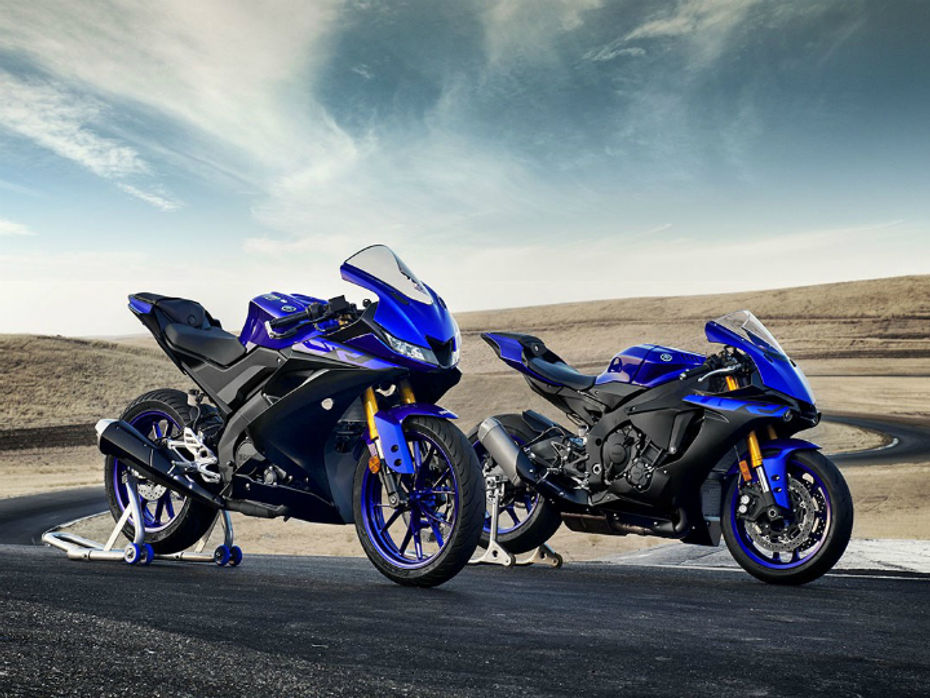
In parallel with the R15, Yamaha also launched the YZF-R125 globally in 2008. The motorcycle is similar to the R15 in every aspect with the exception of the smaller engine, and even its development cycle mirrors that of the 150cc sibling. Like the R15 V2.0, the second-generation R125 also received a facelift. Additionally, it featured an inverted fork for an extra dose of premiumness.
Along with the R15 V3.0, the R125 also received its third generation update in the form of a new design, new R15-derived, VVA-equipped powertrain, and a new swingarm. This motorcycle makes a commendable 15PS of power and 11.5Nm of torque. The Yamaha YZF-R125 is specifically designed for beginner riders, especially in countries which have a displacement and engine output-based licensing system.
All in all, Yamaha’s R product family encompasses bikes for different kinds of riders with different skill levels, as well as budgets. Even though the recently-unveiled Yamaha R7 serves as a successor to the R6, there’s still a massive gap between the 73.4PS R7 and the 200PS R1. We hope Yamaha brings out the YZF-R9 based on the manic MT-09 to plug this gap. That way, the Ducati Panigale V2 will finally have a worthy opponent.
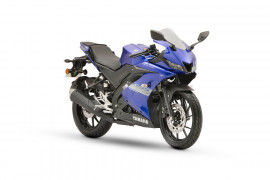

The Exciting Bikes And Scooters Launched In November 2021

Yamaha Launches The Minion-faced Vinoora In Vietnam, No Banana Yellow...

Yamaha YZF-R15 V3, MT-15 Become Dearer

Yamaha Unleashes New Colours For The R15 V4 & MT 15 V2 & Major Update...

Yamaha R15S Witness A Minor Price Hike In July

BREAKING: The “Practical” R15S Goes Stealthy With A New Paint...

EXCLUSIVE: Yamaha Plans To Make The R15S V3 More Colourful

Top 5 Two-Wheeler News Stories Of The Week You Must Read
 TVS Apache RTR 200 4V
TVS Apache RTR 200 4V
 Yamaha FZ 25
Yamaha FZ 25
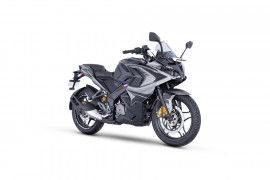 Bajaj Pulsar RS200
Bajaj Pulsar RS200
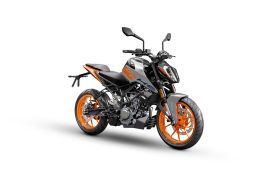 KTM Duke 200
KTM Duke 200
 Bajaj Pulsar NS200
Bajaj Pulsar NS200
India's largest automotive community